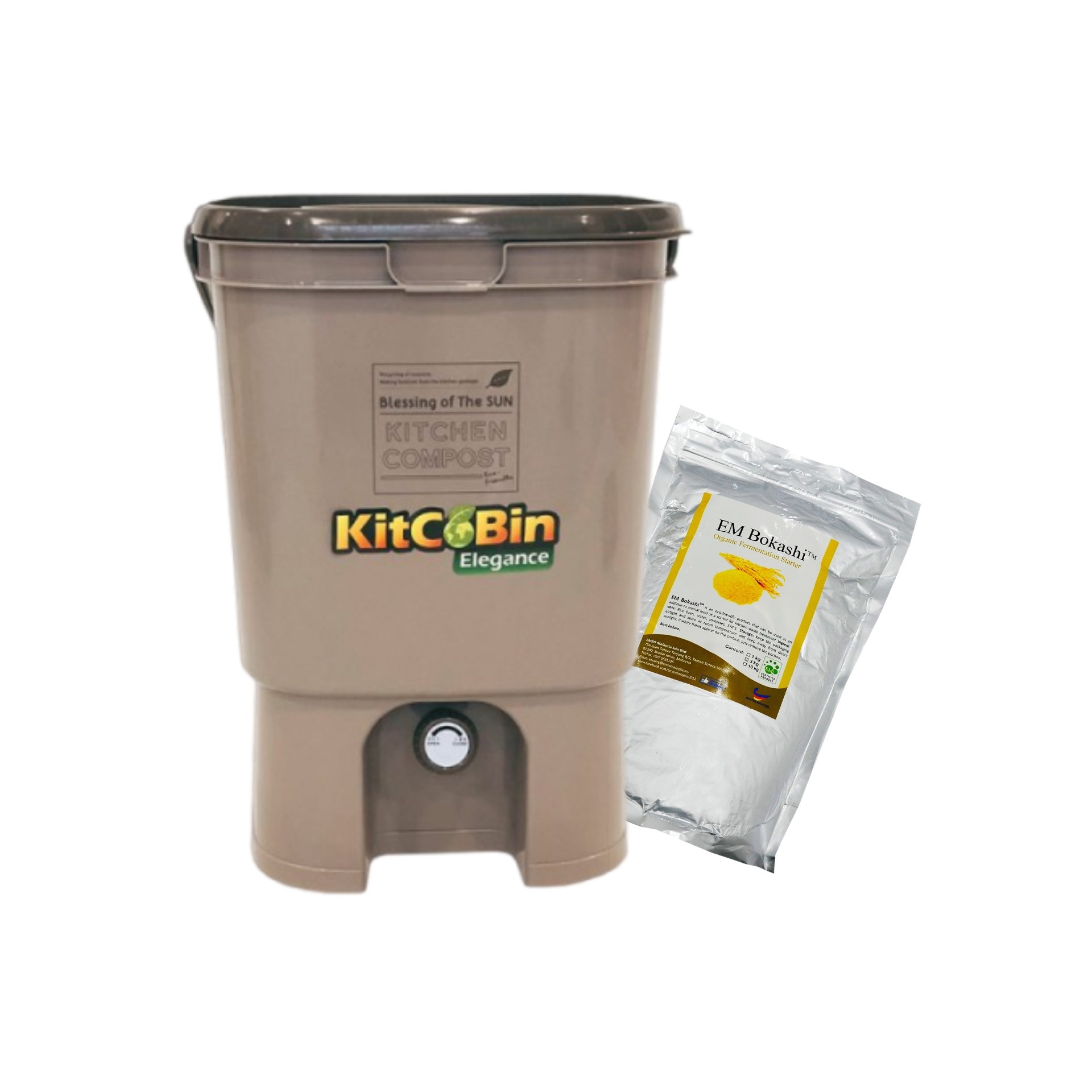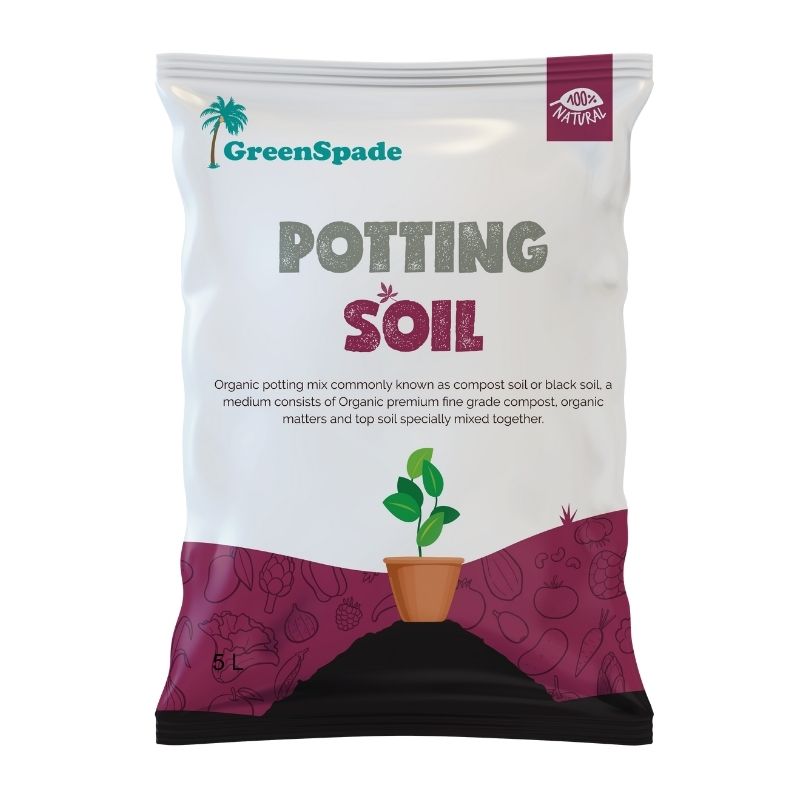Composting is a good way to recycle your food scraps and organic waste into an excellent fertiliser. Consider this, one of the biggest waste streams in Singapore is food waste. By composting organic waste such as inedible/unwanted fruit or vegetable parts, it will help your precious plants grow better. Essentially, you are recycling vital nutrients and using them to improve soil quality, thus creating a sustainable loop. Through this process of reusing unwanted organic material that would otherwise be consigned to the landfill, your environmental footprint is reduced.
In Home Gardening Tips for Beginners, one of the things we suggested was for you to learn how to compost. In this article, GreenSpade breaks down the process for you.
Plan Your Compost Site
The size of your garden will determine your compost method. For those who are limited by space, you should use a compost bin. If size is not an issue, a compost pile will be great. Or even better, several piles for compost at different stages. One important thing to note would be the site of your compost bin or pile. The location in which you plan to have your compost located will need to be relatively shady and cool, as high temperatures will kill beneficial micro-organism that are vital to the compost’s decomposition process. High temperatures will also cause your compost pile to dry out, and a lack of moisture inhibits micro-organism activity, and this slows down the composting process.
Fundamentally, it’s crucial that you position your compost bin or pile in a location that is not subjected to fluctuations in temperature and moisture. This is because the micro-organisms that work to decompose your organic waste prefer conditions that are constant.
Know What to Compost
In general, there are two main categories of organic waste that you may place in your compost bin or pile. We will term them as greens and browns. Greens are what we term as food scraps, they include items such as coffee grounds, green plant cuttings, uneaten fruit and vegetable parts, and more. Browns will consist of other waste such as waste paper, dry leaves, as well as wood shavings and sawdust (from untreated wood), among others.
As for items to avoid, it’s important that you never put pet waste, cuttings of weeds and diseased plants, or meat scraps in your compost bin or pile. This is because pet waste might contain harmful parasites and bacteria; something you would want to avoid having in your compost, especially if you are using them for your edible plants. With regards to cuttings of weeds and diseased plants, if your goal is to produce a useful fertiliser, then such plant cuttings are best avoided. Lastly, the addition of meat scraps and other animal by-products to your compost will only encourage the growth of bad bacteria as well as attract pests such as rats to your garden due to the odour it creates.
Use Worms to Speed Up the Process
Composting food scraps and organic waste takes time. One way to hasten the decomposition process is to add worms to your compost bin. Earthworms are insatiable vertebrates that can eat up to one third its body weight in a day. As they ‘tunnel’ through your compost pile, they consume whatever is in front of them, extracting nutrients from the organic material and leaving behind highly fertile ‘worm waste’ that is perfect for your soil. In addition, their burrowing helps aerate your compost pile. This is necessary, as it provides the composting micro-organisms with the oxygen necessary to convert the organic material into compost. As for those with a compost pile in the garden, earthworms will naturally find their way to this buffet spread.
Starting the Compost Process Proper
Be it a compost bin or pile, it’s important that you know how to layer your compost. Start with a base layer of twigs and old potting mix to promote air circulation and drainage. Next, add your layers of greens and browns. The rule of thumb is to add two parts brown to one part green. Always remember to sprinkle some water on each layer to keep the compost moist. Finally, top the pile with a layer of soil or compost to help reduce odours. Over the next few weeks, tumble and turn the compost on a weekly basis to aerate it. Remember to cover the compost bin or pile to retain heat and moisture as it is essential for the decomposition process. To further accelerate the composting process, you can consider adding a composter accelerator. What this product does is that it helps seed the compost with beneficial micro-organisms.
Your ‘Black Gold’ is Ready
Your compost is ready for use when it’s dark in colouration, crumbles easily, and has an earthy smell. A compost pile that’s ready should also be smaller in volume as compared to the original pile which you have started off with. However, this can take months to happen as it is dependent on the size of your compost bin or pile.
There are many good reasons to start composting. It helps cut down wastage, improves soil quality, and can reduce one’s impact on the environment. So do your part today by reducing the amount of food scraps and waste sent to landfills and start your compost pile today!


